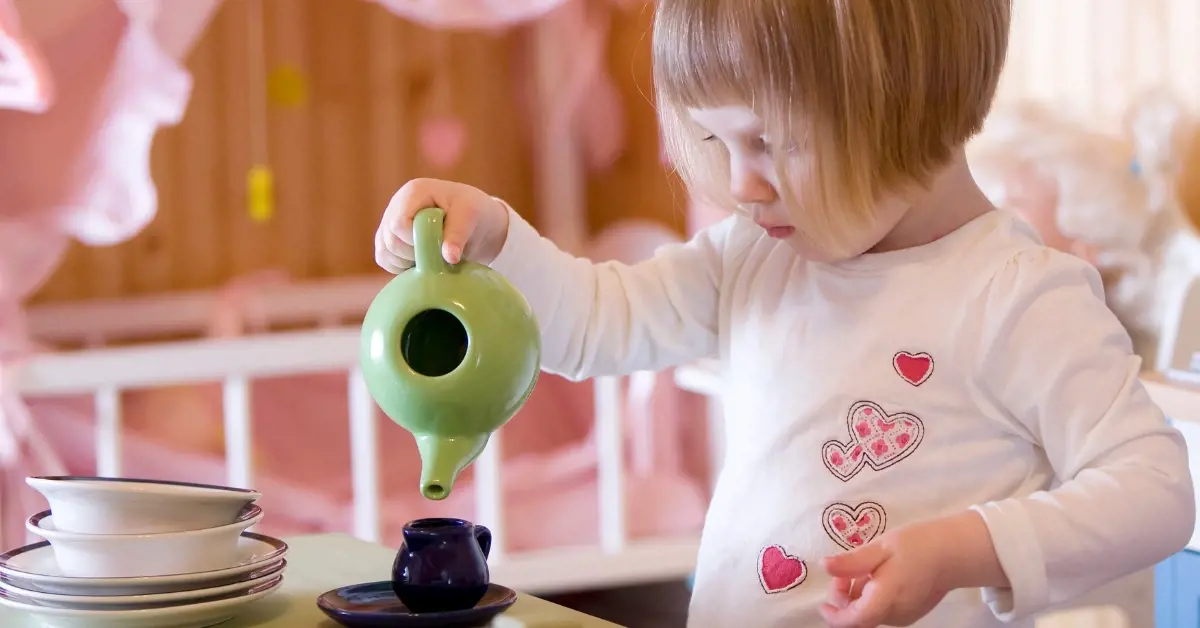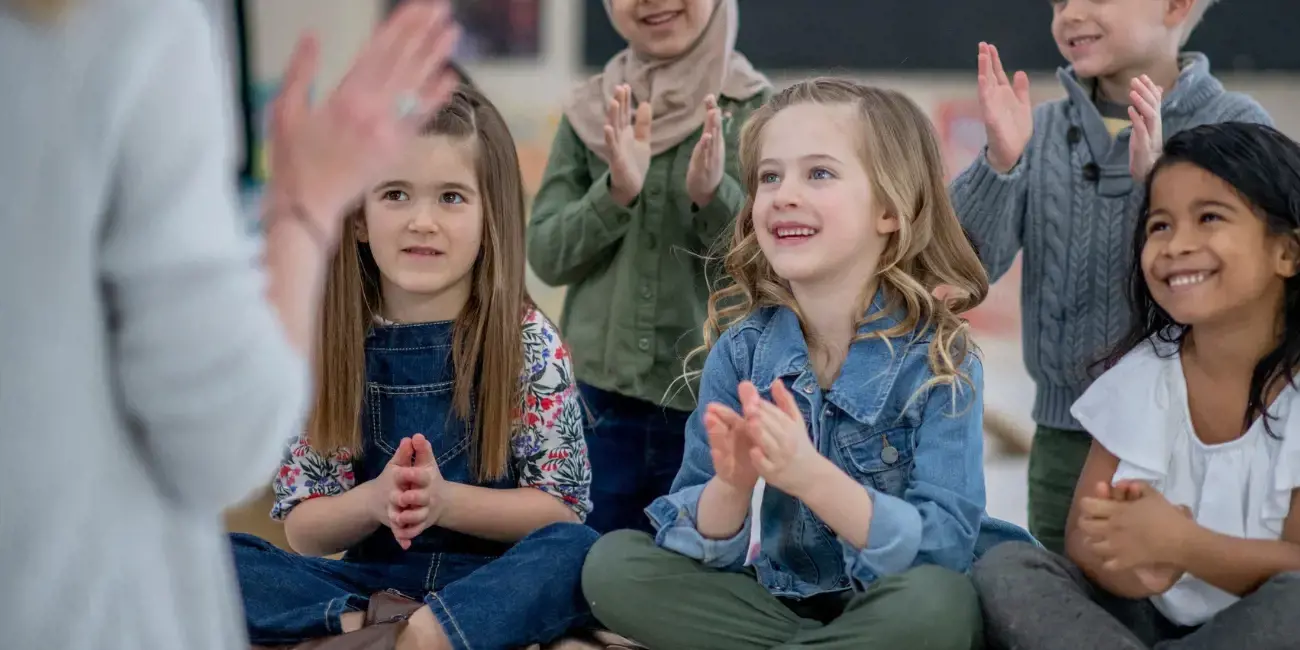Nursery Rhymes have had a bad rap over time. Sure, there are some questionable meanings to some of them and they don’t always provide the best outcome for their main characters (poor old Humpty Dumpty!) but what they do provide are great learning opportunities and outcomes for our children - especially if you're in the car, travelling!
Learning outcomes
Nursery rhymes are great for developing early literacy skills like repetition, listening for syllables, identifying homophones, and defining and identifying rhyming words. Boost language development and oral skills through play while building children's memory and helping them learn to recite through song and physical actions.
Nursery rhymes, particularly ones with actions like Head, Shoulders, Knees, and Toes can help with children's gross motor skills. Using different parts of their body to do the actions, can assist with balance, coordination, and muscle development. It will also help with listening skills and attention.
Let’s look at the top 5 nursery rhymes and provide you with the meanings and learning outcomes.
The wheels on the bus
Sure, the wheels go round and round but where does the bus go? What are some of the things that happen on the bus? The sky is the limit when you introduce this one to young children.
Activity ideas
Get the kids to line their chairs up as though they were on a bus. You don’t have to keep this to the traditional song but rather makeup adaptations, just like The Wiggles did – who knows where your bus will go and what might happen?
I’m a little teapot
You’re going to remember this one; there’s no escaping it, especially if you were an 80s or 90s kiddo. Not only was this one of the most popular nursery rhymes throughout the early learning years for its cute references to having a tea party but because of the physical aspect that children were able to get up and engage with the actions.
Our friends at Play School have included some adaptations, including pretending to be a tube of toothpaste and a rocket ship – great once the children are already familiar with the concept.
Activity ideas
Have children copy your movements and follow your direction to learn the motions. Once familiar, children might like to take turns and lead the class. If you’re looking for an art project to complete, have the children pour paint using a teapot and sing as you play. Great for a sensory activity and fingerpainting exercise.
Why not hold a tea party? Children will love getting some of their friends, including their toys gathered for a joint celebration of learning a brand new song!

Humpty Dumpty
Sure, this one doesn’t end well for Humpty – in fact, poor Humpty ends up rather scrambled. But what if there was something that could save him from himself on that wall? After singing Humpty Dumpty to your children, remind them that he was an egg and by falling from his wall, he broke! Then, ask them to think about what might help Humpty to not break.
Activity ideas
Get the children to look around the room and discover something that might help. Or they might like to design something to break Humpty’s fall rather than break his head. This could even lead to a conversation around personal safety on the playground or road safety with bikes or scooters and helmets!
A sailor went to sea!
And to many other places as the children will discover when you introduce them to this nursery rhyme! Children will sing along, get up and get active with this catchy ditty!
Activity ideas
Once they have their minds around the words and actions, you might like to have a chat about what you might see under the sea or at the beach. You might like to take the children to the sandpit and build sandcastles like you would at the beach.
Heads, Shoulders, Knees, And Toes
This catchy tune will help children with language development while teaching them parts of their bodies. Once children can name all the mentioned body parts, move on to the advanced version of the song – clap for the word ‘head’ and sing the rest. In the end, children will be clapping through the first verse of the song (heads, shoulders, knees, and toes) while singing the second (eyes, ears, mouth, and nose) This one is great for memory too!
Activity ideas
As children learn this song, you could work to speed it up - children will lead the way with this one, especially if you've introduced the clapping!



































